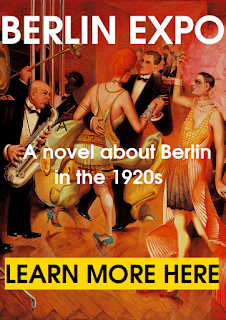Max Kaus was born in
Berlin in 1891.He decided to become an artist and a travel grant
to Paris in spring 1914 enabled Kaus to visit the art metropolis; the
outbreak of WW I, however, forced him to return home. He volunteered
as a medical orderly in 1916. The artists he met while serving
included Erich Heckel, Anton Kerschbaumer and Otto Herbig. Inspired
by Heckel, Kaus did lithographs and woodcuts. After the war he
supported himself with decorative painting.
But what Max Kaus was really interested in was the fine arts and it was not long before he reaped his first successes: in 1919 he had a one-man show at the prestigious Ferdinand Möller Gallery. After meeting Otto Mueller and Karl Schmidt-Rottluff at the "Free Secession" in 1920, Kaus became a member of the group, exhibiting regularly at their shows.
By the last third of the 1920s his Expressionist phase was drawing to a close. During the 1930s Kaus worked mainly in landscape. From 1935 he taught figurative painting in Berlin but was increasingly exposed to persecution by the Nazis.
In 1937 his works were removed from museums and in 1938 he had to give up teaching. After the second world war Kaus again held a teaching appointment at the Hochschule für bildende Künste in Berlin.
Max Kaus - who belongs to the second generation of Expressionists - died in Berlin in 1977.
 |





No comments:
Post a Comment